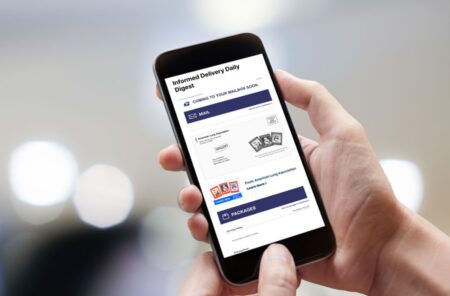The amount of RAM you need for a Chromebook depends on your intended use. Chromebooks are generally known for their efficiency with system resources, but different use cases can require different amounts of RAM. Here’s a general guideline:
How much RAM need your Chromebook With different amounts
Basic Use (Web browsing, email, document editing):
- For light tasks like browsing the web, using email, and editing documents, a Chromebook with 2GB to 4GB of RAM is typically sufficient. This setup can handle basic multitasking and is suitable for casual users or students.
Moderate Use (Streaming, moderate multitasking):
- If you plan to do some streaming, moderate multitasking, or use more demanding web applications, 4GB to 8GB of RAM is recommended. This range is more comfortable for regular use, allowing smoother performance when you have multiple tabs open or when using more intensive web applications.
Advanced Use (Heavy multitasking, advanced applications, Linux apps):
- For heavy multitasking, running more advanced or numerous applications, or if you’re planning to use Linux apps on your Chromebook, 8GB of RAM or more is advisable. This will provide a much smoother experience without lag, especially when running multiple applications simultaneously or working with demanding web-based applications.
Special Considerations (Gaming, Professional Use):
- If you intend to use your Chromebook for gaming (especially cloud-based gaming services like Google Stadia) or professional tasks that require more computing power (like video editing or graphic design through web-based apps), look for models with 8GB or more.
Chromebooks are designed to leverage cloud computing, and many applications and tasks are web-based, which can reduce the demand on local resources like RAM. However, more RAM generally means better multitasking capabilities and smoother overall performance. Consider your specific needs and usage patterns when choosing the right amount of RAM for your Chromebook.
How to check a Chromebook’s specs
To check your Chromebook’s specifications, CPU usage, and other system information, you can use several methods:
Device Information:
- To find basic information about your Chromebook, open the Settings app, and go to the “About Chrome OS” section at the bottom of the left-hand menu. Here, you can find details about your Chromebook’s operating system, including the version number and update status.
Detailed Specifications:
- For more detailed specifications, type chrome://system in the Chrome browser’s address bar and press Enter. This page provides a comprehensive list of your device’s technical details, including memory, CPU information, and more. It’s quite technical and detailed, though, so it might be more information than the average user needs.
Task Manager (CPU and Memory Usage):
- Similar to Windows’ Task Manager, Chrome OS has its own task manager. To access it, press Search + Esc on your keyboard. This brings up the Task Manager, showing you the CPU and memory usage of each open app and process. It’s a useful tool to check if something is consuming more resources than it should.
System Diagnostics:
- Some Chromebooks come with a built-in diagnostics tool to check the health of your battery, CPU, and memory. To access it, go to Settings, then to the “About Chrome OS” section, and click on “Diagnostics.” This tool lets you run tests to check the status of your hardware components.
Extensions for System Information:
- There are also Chrome extensions available that can provide a quick overview of your system’s status, including CPU and memory usage. Extensions like “Cog – System Info Viewer” can be found in the Chrome Web Store.
Developer Mode:
- If you’re comfortable with advanced settings, enabling Developer Mode on your Chromebook can give you access to more detailed system information and capabilities. However, this is generally recommended only for advanced users, as it can make your Chromebook less secure and may void the warranty.
The availability of some features may vary depending on your Chromebook model and the version of Chrome OS you’re using. Always ensure your Chromebook is updated to the latest version to access new features and improvements.


